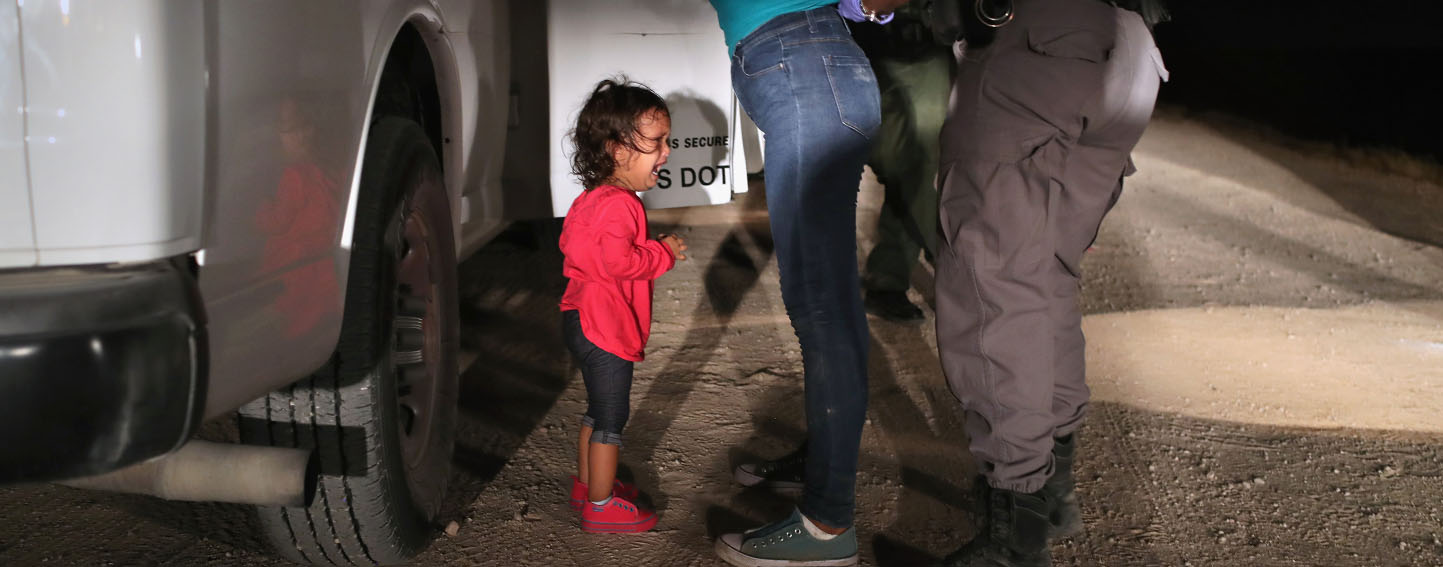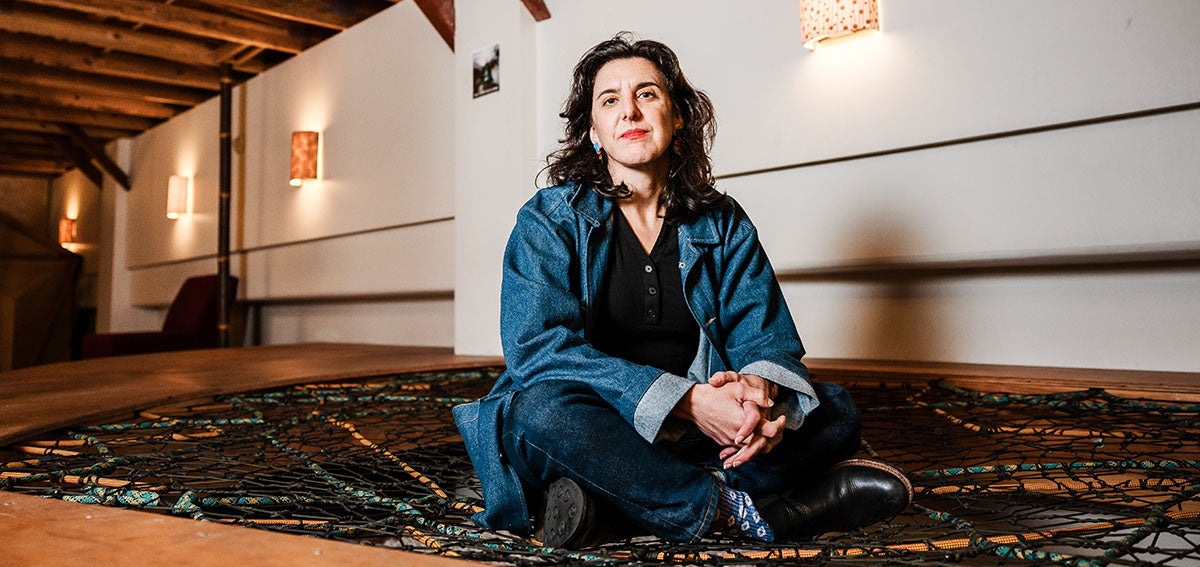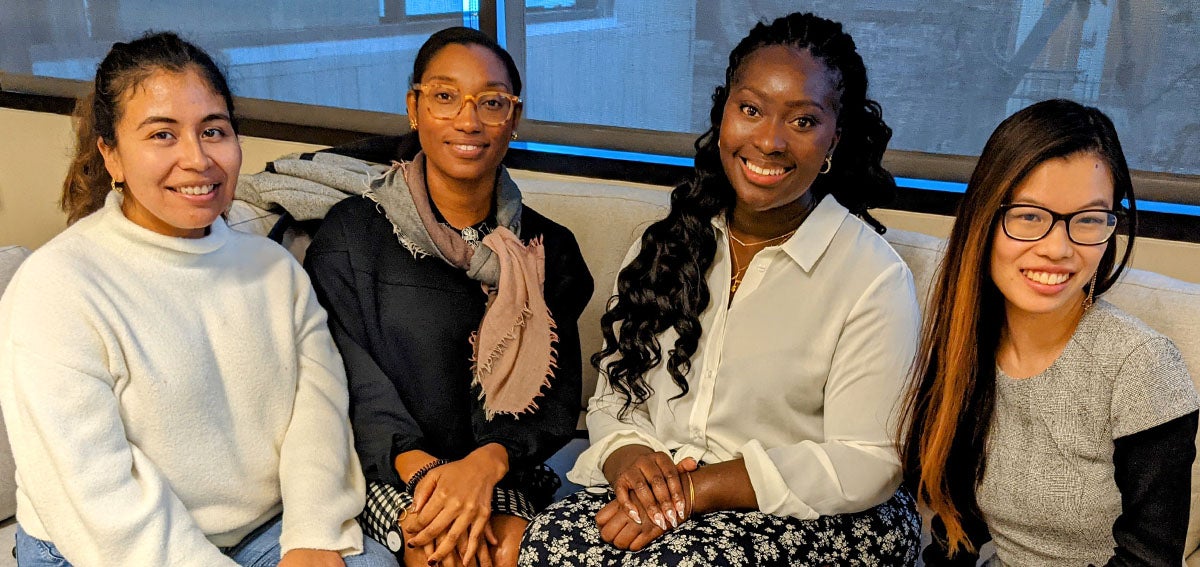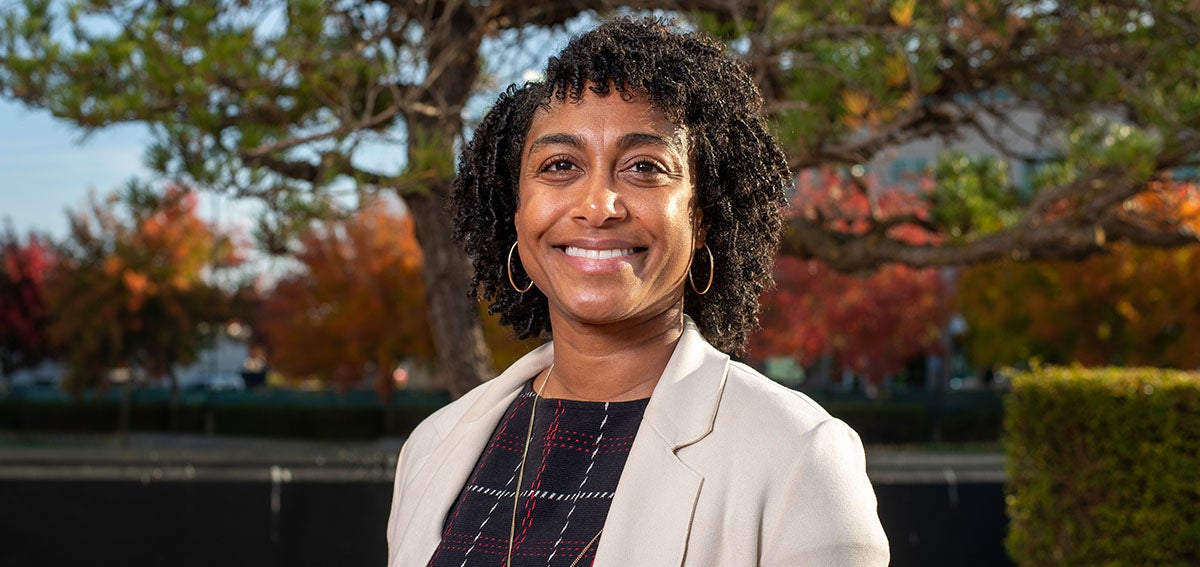 A two-year-old Honduran asylum seeker cries as her mother is searched and detained on June 12 near the US-Mexico border around McAllen, Texas. Photo: John Moore/Getty Images.
A two-year-old Honduran asylum seeker cries as her mother is searched and detained on June 12 near the US-Mexico border around McAllen, Texas. Photo: John Moore/Getty Images.
A rapidly beating heart. Shortened breaths, tense muscles, uncontrollable trembling.
Most adults recognize these signs of stress and can regulate their physical responses once a threat has passed.

But what about children? When children are exposed to a highly traumatic situation, they often suffer long-term mental and physical health effects, pediatricians say.
As our country grapples with the implications of the Trump administration’s separation of immigrant children from their parents at the US-Mexico border, we must consider the potential damage being done to these innocent lives. ProPublica’s Ginger Thompson reports that more than 2,300 immigrant children so far have been separated from their parents and held in often makeshift shelter housing since the administration’s “zero tolerance” immigration policy took effect in April. The White House maintains that it is enforcing existing laws, but there aren’t any laws calling for children to be separated from their parents during undocumented border crossings. “Those practices were established by the Trump administration,” Thompson writes.
And experts in child psychology and human development have expressed alarm at those practices. Colleen Kraft, MD, president of the American Academy of Pediatrics (AAP), told NPR’s Audie Cornish, “What we know is that in the absence of that loving caregiver, these stress hormones become toxic to these kids.”
Implications of Toxic Stress in Children
Toxic stress can increase the lifelong risk of cardiovascular and mental health disease, as the National Association of Pediatric Nurse Practitioners emphasized in its statement on the topic. Toxic stress during childhood can have generational effects — it can “‘turn on’ genes that increase disease risk in affected individuals, and this risk may be passed to future generations.”
Journalists have reported heartbreaking details about the conditions immigrant children are subjected to. Marsha Griffin, MD, a pediatrician and co-chair of the AAP’s special interest group on immigrant health, visited a Customs and Border Patrol (CBP) processing center in McAllen, Texas. The physician told Texas Monthly that she saw a locked enclosure containing “twenty or thirty 10-year-old boys who were crying and screaming and sobbing for their mothers… One little boy had his back to the wall and was slumped to control his sobs.”
The Associated Press (AP) describes three “tender age” shelters in South Texas’ Rio Grande Valley where children — many of them under age five, and some so young they haven’t yet learned how to talk — are locked up. “I mean, it is hard for me to even wrap my mind around it,” said Kay Bellor, vice president for programs at Lutheran Immigration and Refugee Service. “Toddlers are being detained.”
“”The president doesn’t get any brownie points for moving from a policy of locking up kids and families separately to a policy of locking them up together.” — Karen Tumlin, director of legal strategy at the National Immigration Law Center.“
And then there is this deeply troubling report from the Center for Investigative Reporting: “President Donald Trump’s zero tolerance policy is creating a zombie army of children forcibly injected with medications that make them dizzy, listless, obese, and even incapacitated, according to legal filings that show immigrant children in US custody subdued with powerful psychiatric drugs.”
This is a national health crisis, and it’s going to get worse before it gets better. Jackson Proskow, Washington bureau chief for Canada’s Global News, tweeted that John Sandweg, the former head of Immigration and Customs Enforcement (ICE), “expects hundreds of separated children will never be reunited with their parents. They will be lost in the system. Orphaned by the US Govt’ [sic].”
On June 20, after days of increasing public pressure and round-the-clock media coverage, President Trump signed an executive order that purports to end family separation at the border. But immigration experts say the White House signing ceremony gives the misleading impression that the crisis is resolved. It is not.
“The president doesn’t get any brownie points for moving from a policy of locking up kids and families separately to a policy of locking them up together,” Karen Tumlin, director of legal strategy at the National Immigration Law Center, said in an NPR article explaining what the executive order does and does not do. “Let’s be clear: Trump is making a crisis of his own creation worse.”
Whatever future policies may bring, the damage is already done for thousands of children separated from their parents and subjected to traumatic conditions and questionable care. They will not be immediately reunited with their families, and some may never be.
Outpouring of Contributions for Children’s Legal Defense
If you want to help immigrant families during this crisis, you may take inspiration from a Bay Area couple who created a record-breaking fundraiser on Facebook. They started with a goal of raising $1,500, and have already collected more than $16 million to provide lawyers to represent the children in immigration proceedings.
Children and toddlers without lawyers or parents present are left to represent themselves in the hearings and almost always end up being deported, said Jonathan Ryan, executive director of the Refugee and Immigrant Center for Education and Legal Services, or RAICES, a nonprofit organization that provides low-cost legal defense services to immigrant and refugee families in Texas. He explained the surprising situation to Lawrence O’Donnell on The Last Word on June 19 (starting at the 7:10 PM mark).
Authors & Contributors






